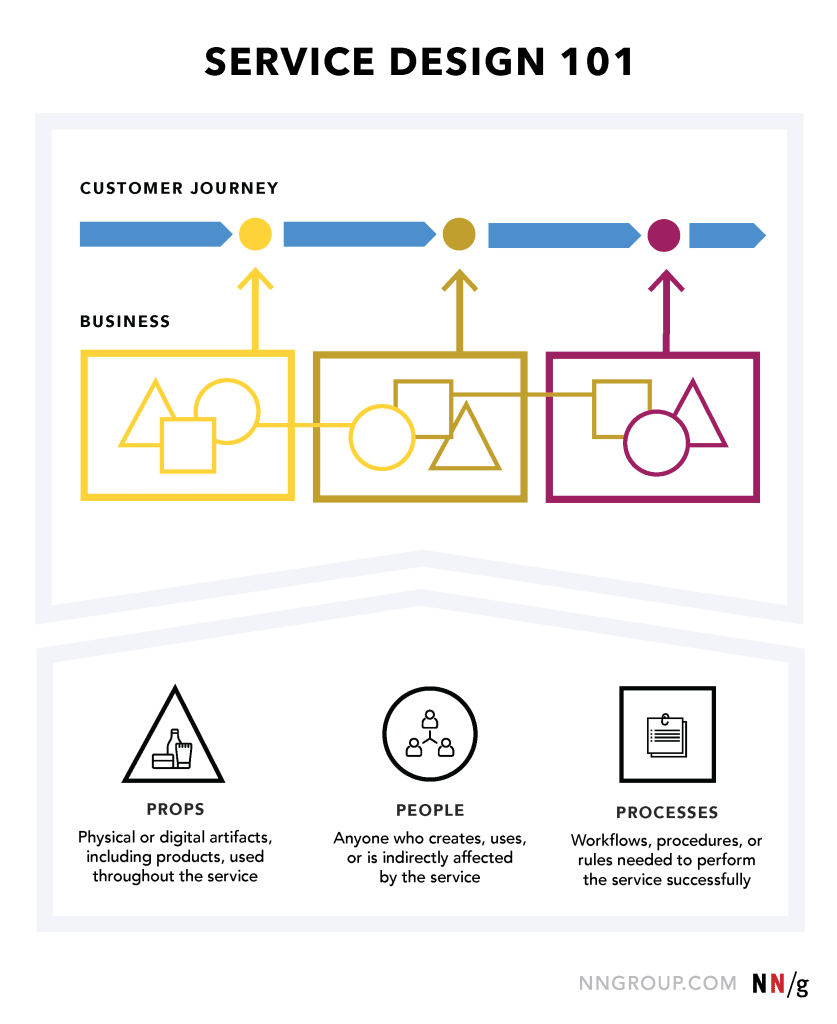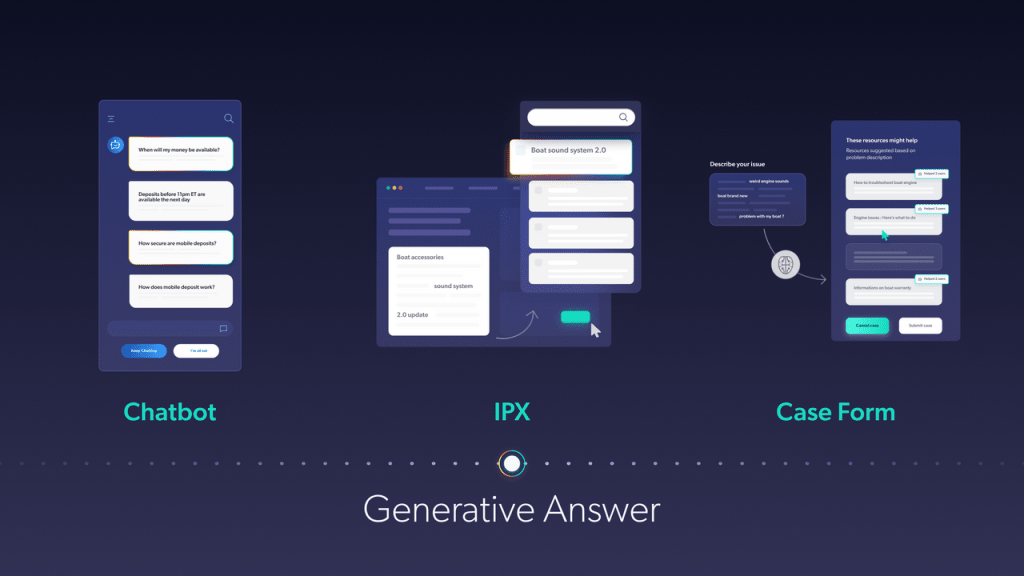Are you sending your customers on an enterprise silo rollercoaster?
Enterprises are like kingdoms; everyone has their fiefdom that they exert control over. But for the company at large? This is expensive … and frankly, in the words of J.B. Woods, TSIA President and CEO, creates a sh*tty customer experience.
Breaking down walls between silos isn’t a new mandate, but neither is it an easy one to fulfill. (If it was, would we still be talking about it?) This year’s TSIA Envision endeavored to drill into bringing down the walls and highlighting what companies can achieve when information flows freely — not just to customers, but also to internal stakeholders.
While the tech industry is traditionally more comfortable in product innovation and sales driver seats, these silos don’t benefit a company in difficult economic situations. When all areas of a company are collaborative, they can shore up where other departments struggle.
From this past fall’s TSIA event, here are three strategies for breaking down silos:
Using Service Design to Understand Support Holistically
Support traditionally focuses on the interaction between a customer and a company — and rightly so. But this undervalues the unseen work that goes on behind the scenes to make those interactions run smoothly. From operations and HR (agent training, anyone?) to IT and planning, service consists of many moving parts.
So it makes sense that the more these parts can collaborate, the better your customer experience becomes. The service design framework can help businesses identify, analyze, and evaluate their current service offering, so they can identify successes to emulate and gaps to fill.

The framework scopes the support journey from a holistic standpoint, enabling your company to not only provide a better customer experience in the long run, but also unlock value for your company through feedback, ideas, community, and so much more.
The service design framework endeavors to achieve:
- Human-Centered Approach: Focuses on the individuals who are involved in the delivery and consumption of services. This means understanding, for example, the customer and agent experiences to help assuage issues that might prevent or challenge the easy resolution of another.
- Co-Created Experiences: Including and encouraging theactive participation of both internal stakeholders and external customers in the design and development of services to ensure that the final result aligns closely with the actual needs and desires of those it is intended for.
- Orchestrated Elements: Aligning various service components to work together seamlessly. This entails optimizing how people, technology, and processes collaborate to deliver the service efficiently and effectively.
- Holistic & Tangible Experience: Consider the entire end-to-end customer journey, from initial contact to final resolution. It also stresses the importance of revealing the value of the service and facilitating interactions through both physical and digital touchpoints.
Automation for Connectivity and Consistency
When you think about interacting with a company, do you consider their X (formerly Twitter) account a separate entity from their support center and an entirely different subject from their websites or physical stores?
The answer is likely no. Customers see all of these touchpoints as one, representing your brand across a spectrum of interaction channels.
But can you offer a consistent experience regardless of where a customer is talking to you? How well you’re able to do so is often directly impacted by company silos. And sometimes a good way to understand what works and what doesn’t is to take a page out of someone else’s book.
Cisco, a Coveo customer, walked attendees through their achievement of solving problems directly in their product. Through an automated, guided workflow for common issues and a support assistant bot, customers can achieve self-resolution without even leaving the application.
This results in self-service success for the customer — and case deflection for the company. A win-win!
Cisco’s success story is one that you can copy into your own service offerings; even if offering in-product support is a roadmap item, focusing on content available in current support portals and throughout your digital journey helps ensure that customers receive a consistent experience.
This helps them feel recognized, understood, and, perhaps most of all, appreciated by your business. And that’s a recipe for long-term customer satisfaction.
How Thinking Through GenAI Adoption Can Break Silos
GenAI continues to be a popular subject of discussion, but several presentations cautioned against buying wholesale into the hype cycle. This can cause an enterprise to overestimate the technology’s power and implement it in less-than-ideal scenarios.
Daniel Pickworth, Head of AI and Innovation at Microsoft, advocated for implementing AI — whether GenAI or otherwise — sustainably. This means thinking through the decision-making process instead of having knee-jerk reactions.

And a great starting point for implementing GenAI in your customer support? Start with those who know your support channels best: your agents. They can illuminate areas ripe for automation, helping them do their jobs with less stress and more creativity, benefiting the company in the long run.
And while GenAI might not be an explicit panacea for silos, it can be a starting point for discussion. In the same vein of avoiding knee-jerk reactions, you’ll want to ensure that the content you’re hoping to generate answers from is of good quality and accessible to the LLM you’re using for support.
This can mean adopting a unified index, especially one that utilizes retrieval augmented generation to safeguard what information is used at the time of answer generation.
Not to brag, but our Relevance Generative Answering is enterprise-tested, trusted… and ready. Don’t believe us? Talk to Xero, who’s been a Coveo customer since 2017. Born in the cloud, Xero is proud that they make information available to customers digitally instead of requiring them to call 800 numbers.
When generative answering broke onto the scene, they knew exactly who would be best to partner with to add this innovative technology to their support experience. They saw a 20% decrease in search sessions needing additional customer experience support since its launch in October 2023.
Breaking Down Silos for Better Service
Banishing siloes from the enterprise might not happen tomorrow, but it’s a worthwhile goal to work toward. After all, getting started is often the hardest part!
If you missed us at the conference, schedule a free consultation with a Coveo AI expert to discuss how your company can break down silos and achieve profitable growth with the AI-Experience Advantage.


